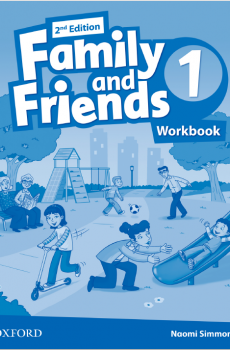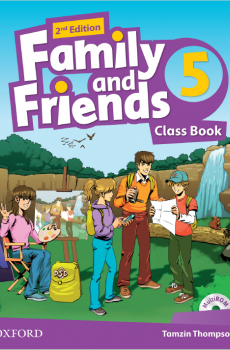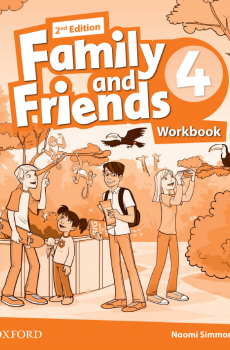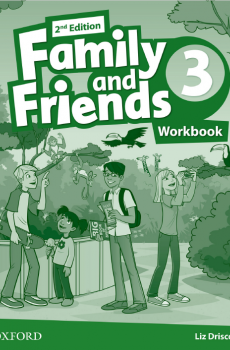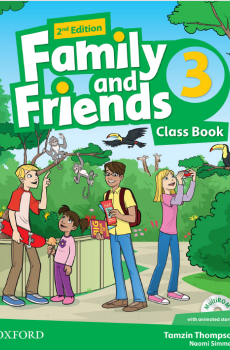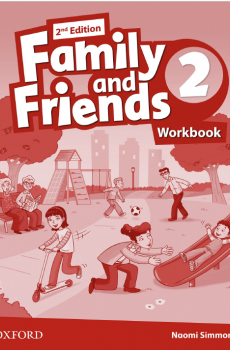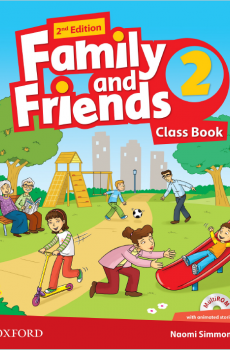How To Teach English (MS 379)
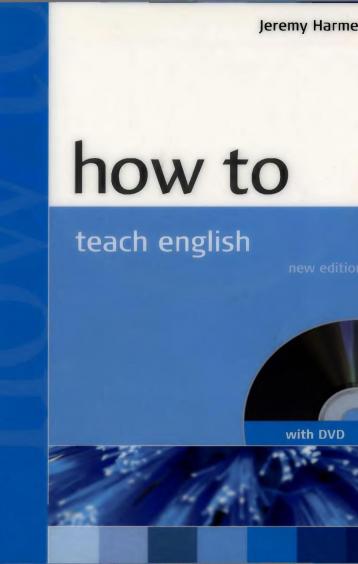
How To Teach English (MS 379)
Log in to download this book.
| Publisher | Pearson Longman |
|---|---|
| Accessible book producer | Sao Mai Center for the Blind |
| Published year | 2007 |
| Coppy right | Pearson Longman |
Acknowledgements Introduction
Chapter 1. Learners
• Reasons for learning
• Different contexts for learning
• Learner differences
• The importance of student motivation
• Responsibility’ for learning
Chapter 2. Teachers
• Describing good teachers
• Who teachers are in class
• Rapport
• Teacher tasks
• Teacher skills
• Teacher knowledge
• Art or science?
Chapter 3. Managing the classroom
• Classroom management
• The teacher in the classroom
• Using the voice
• Talking to students
• Giving instructions
• Student talk and teacher talk
• Using the L1
• Creating lesson stages
• Different seating arrangements
• Different student groupings
Chapter 4. Describing learning and teaching
• Children and language
• Acquisition and learning
• Different times, different methods
• Elements for successful language learning (ESA)
• ESA lesson sequences
• ESA and planning
Chapter 5. Describing language
• Meaning in context
• The elements of language
• Forms and meanings
• Parts of speech
• Hypothetical meaning
• Words together
• Language functions
• Text and discourse
• Language variables
Chapter 6. Teaching the language system
• Teaching specific aspects of language
• Explaining meaning
• Explaining language construction
• Practice and controlled practice
• Examples of language system teaching
• Mistakes, slips, errors and attempts
• Correcting students
Chapter 7. Teaching reading
• Reasons for reading
• Different kinds of reading
• Reading levels
• Reading skills
• Reading principles
• Reading sequences
• More reading; suggestions
• Encouraging students to read extensively
Chapter 8. Teaching writing
• Reasons for teaching writing
• Writing issues
• Writing sequences
• More writing suggestions
• Correcting written work
• Handwriting
Chapter 9. Teaching speaking
• Reasons for teaching; speaking;
• Speaking sequences
• Discussion
• More speaking suggestions
• Correcting speaking
• What teachers do during a speaking activity
Chapter 10. Teaching listening
• Reasons for listening
• Different kinds of listening
• Listening levels
• Listening skills
• Listening principles
• Listening sequences
• More listening suggestions
• Audio and video
Chapter 11. Using coursebooks
• Options for coursebook use
• Adding, adapting and replacing
• Reasons for (and against) coursebook use
• Choosing coursebooks
Chapter 12. Planning lessons
• Reasons for planning
• A proposal for action
• Lesson shapes
• Planning questions
• Plan formats
• Planning a sequence of lessons
• After the lesson (and before the next)
Chapter 13. Testing
• Reasons for testing students
• Good tests
• Test types
• Marking tests
• Designing tests
Chapter 14. What if?
What if students are all at different levels?
What if the class is very big?
What if students keep using their own language?
What if students don’t do homework?
What if students are uncooperative?
What if students don’t want to talk?
What if students don’t understand the audio track?
What if some students finish before everybody else?
Task File
Task File Key
DVD Task File
Appendices
• Appendix A: Classroom equipment, classroom technology
• Appendix B: Useful organisations and websites
• Appendix C: Chapter notes and further reading
• Appendix D: Phonemic symbols
Glossary



